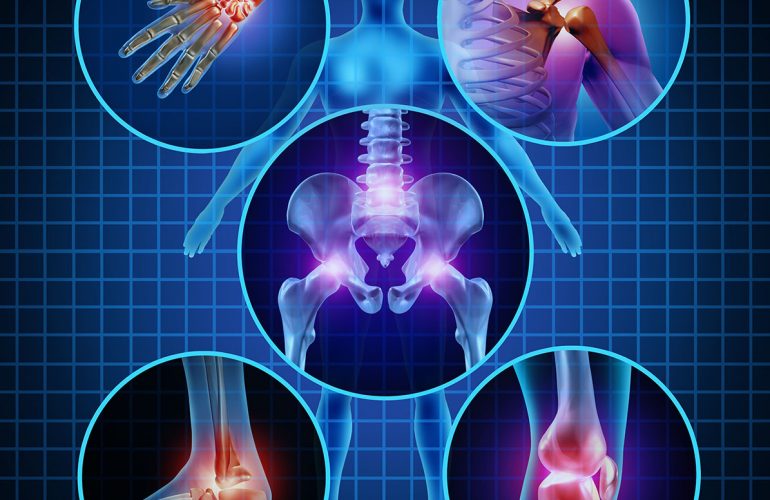First of all, we have to come to the agreement that pain is not a normal part of the aging process, no matter what anyone tells you. Despite this, pain is associated with many conditions and illnesses that are age-related, like arthritis, certain cancers and diabetes. Pain can usually be treated effectively if it is identified and diagnosed. In Western Medicine, we generally turn to pain medications, which can be effective in reducing pain and discomfort, especially for older adults. Pain medications can also enhance a person’s quality of life as long as they don’t impair alertness and consciousness.
Common Myths About Aging and Pain
- Pain is a normal part of aging. False!
- Pain is unavoidable as a person grows older. False!
- Elderly people diagnosed with Alzheimer’s disease or a dementia-related disorder have a higher threshold or tolerance for pain. False!
- It is difficult to assess pain in elderly residents, especially those who are cognitively impaired. False!
- Residents use pain as an excuse to gain attention from the staff. False!
- Elderly people are likely to become addicted to pain medication. False!
- Acknowledging pain will lead to painful and intrusive tests or loss of independence. False!
(NOTE: Interested in learning more about Leadership in health care? Checkout my Leadership CEUs on CEU Academy and try a FREE CEU today!)
Here’s the funny part. Some people believe these myths to be true, including some healthcare professionals. There are some older adults who also buy into these myths, and therefore, don’t express that they’re in pain resulting in lack of treatment and diminished quality of life. There are many ways to assess pain in older adults. Let’s examine them.
Assessing Pain in Older Adults
The best place to start assessing for pain among older adults is to monitor and observe for any peculiar changes in the person’s behavior or their overall condition. Has an activity of daily living, such as grooming, eating by one’s self or participating in activities suddenly changed?
Some things to watch for include:
- Changes in the older adult’s gait or mobility
- Any loss of function
- Decreased activity level
- Bracing or guarding one’s self
- Fidgeting behavior or restlessness
- Facial signs like grimacing, frowning or grinding one’s teeth
- Refusing food
- Suddenly starting to wander
- Striking out or becoming combative
- Recurrent agitation
- Disturbance in sleep
- Voicing they are in pain
- Other vocalizations such as sighing, crying, or breathing heavily
- Increased confusion
- Becoming more irritable than normal
- Suddenly showing signs of depression or anxiety
So, you see, there are many signs and symptoms to be aware of and observe among older adults. They may not come out and say that they’re in pain, but there are plenty of other ways to find out if pain is indeed a problem.
Strategies to Reduce Pain
Observing and identifying pain is one half of the equation. The other half is providing effective treatment for pain. Most healthcare professionals will turn to the attending physician or medical director for prescription pain medication that will be given in the lowest dose to start. Think: “Start low. Go slow.” Staff will then need to watch for signs of improvement as well as any adverse side effects from the medication, as there usually are mostly mild and temporary side effects.
The healthcare team may also reach out to the consulting psychiatrist, who will prescribe psychotropic medications that can help reduce pain and discomfort. Tricyclic antidepressants, serotonin and norepinephrine reuptake inhibitors (SNRIs), and selective serotonin reuptake inhibitors (SSRIs) are commonly used to treat pain for a number of conditions including arthritis, diabetic neuropathy, migraine, lower back pain, pain associated with multiple sclerosis, and pain related to stroke.
Nonpharmacological strategies include providing assurance and psychological support, proving hot or cold therapy, physical activity and exercise, therapeutic repositioning, relaxation, music therapy, pet therapy, and others. By providing either medications or other means of reducing pain, the point is to know the resident as well as possible, watch for signs and symptoms of pain, and then do something about it.
(NOTE: Interested in learning more about Leadership in health care? Checkout my Leadership CEUs on CEU Academy and try a FREE CEU today!)

